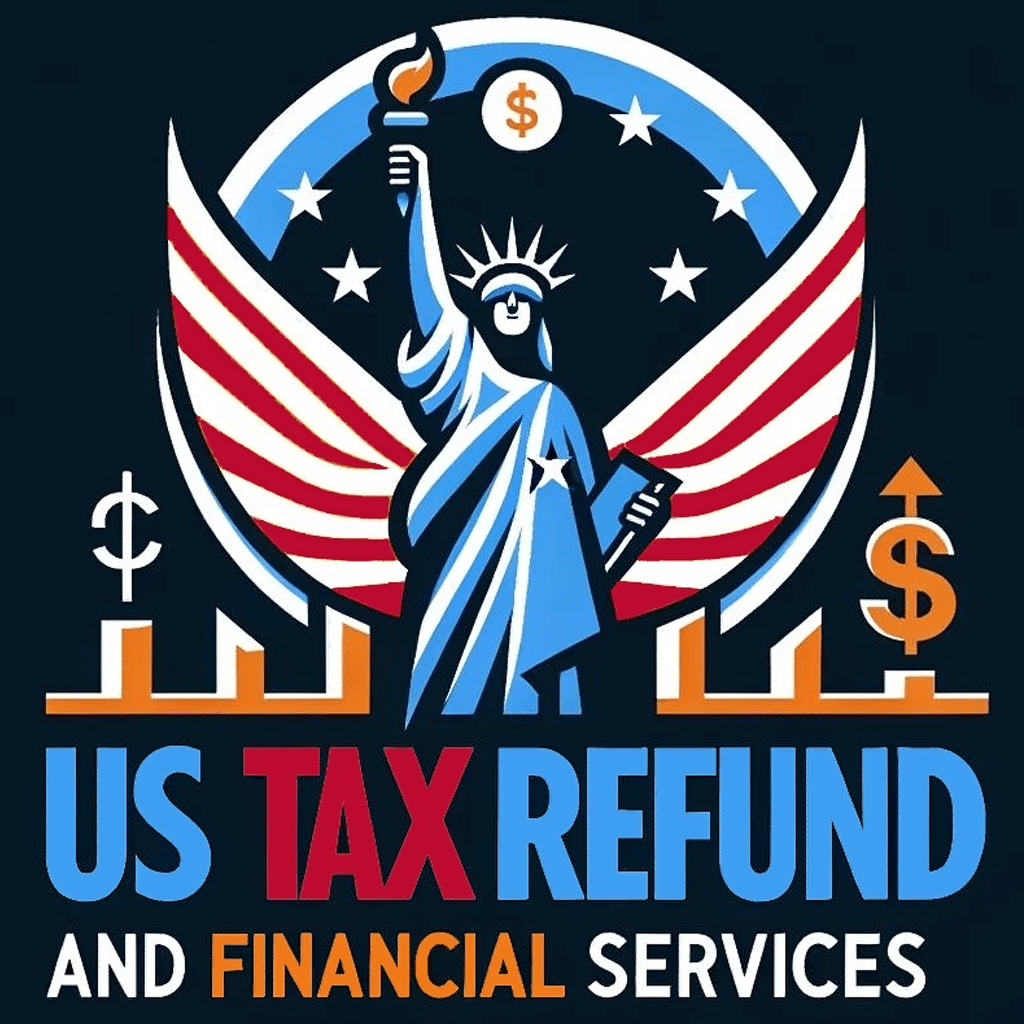Introduction
Planning for retirement involves more than just saving money. Implementing advanced tax strategies can significantly enhance your retirement savings by reducing tax liabilities and maximizing returns. This article will guide you through various tax strategies that can help you achieve a financially secure retirement. Ready to maximize your retirement savings with advanced tax strategies? Contact our expert team today for personalized advice. Call us at [Phone Number] or visit our Retirement Tax Strategies page to schedule a consultation.
Understanding Retirement Accounts
Explore employer-sponsored plans like 401(k)s, which often come with matching contributions. Taking full advantage of these matches can significantly boost your retirement savings. Learn more about our Retirement Tax Strategies here.Types of Retirement Accounts
Several types of retirement accounts offer tax advantages:- 401(k): A tax-deferred account sponsored by employers. Contributions are made pre-tax, reducing taxable income.
- IRA: Individual Retirement Accounts come in two main types—Traditional IRA (tax-deferred) and Roth IRA (tax-free withdrawals).
- SEP IRA: Simplified Employee Pension for self-employed individuals and small business owners.
- SIMPLE IRA: Savings Incentive Match Plan for Employees for small businesses.
Contribution Limits and Rules
Each retirement account has specific contribution limits and rules. For example, in 2024, the contribution limit for a 401(k) is $22,500, with an additional catch-up contribution of $7,500 for those over 50. Understanding these limits can help you maximize your contributions.Exploring Employer-Sponsored Plans
Employer-sponsored plans like 401(k)s often come with matching contributions. Employers may match a percentage of employee contributions, which can significantly boost retirement savings. Taking full advantage of these matches is crucial for maximizing retirement funds.Tax-Deferred vs. Tax-Free Accounts
Having a balanced retirement portfolio that includes both tax-deferred and tax-free accounts provides flexibility in withdrawal strategies and helps manage tax liabilities effectively. Find out more about tax-efficient retirement strategies.Tax-Deferred Accounts
Tax-deferred accounts like 401(k) and Traditional IRA allow you to defer taxes on contributions and earnings until you withdraw the funds in retirement.Tax-Free Accounts
Roth IRAs offer tax-free withdrawals in retirement since contributions are made with after-tax dollars. This can be advantageous if you expect to be in a higher tax bracket in retirement.Balancing Your Portfolio
It’s essential to have a balanced retirement portfolio that includes both tax-deferred and tax-free accounts. This balance allows flexibility in withdrawal strategies and can help manage tax liabilities more effectively during retirement.Maximizing Contributions
Automating your contributions ensures consistent saving and helps you stay on track with your goals. Discover more ways to maximize your contributions.Strategies for Maximizing Contributions
Maximizing contributions to your retirement accounts is essential. Make sure to take full advantage of catch-up contributions if you are over 50. Additionally, contribute enough to get the full employer match in your 401(k), as this is essentially free money for your retirement savings.Using Automated Contributions
Automating your contributions ensures consistent saving. Setting up automatic transfers from your paycheck or bank account to your retirement accounts can help you stay on track with your savings goals.Tax-Efficient Withdrawal Strategies
Diversifying your income sources in retirement can provide financial stability and allow for more strategic withdrawal planning. Explore our LLC Formation Services.Understanding Required Minimum Distributions (RMDs)
RMDs are mandatory withdrawals from tax-deferred retirement accounts starting at age 72. Planning your withdrawals strategically can help minimize your tax burden.Strategies for Minimizing Taxes on Withdrawals
Consider withdrawing from tax-free accounts first, or converting a portion of your Traditional IRA to a Roth IRA to spread out the tax impact.Diversifying Income Sources
Having multiple income sources in retirement, such as Social Security, pensions, and investment income, can provide financial stability and allow for more strategic withdrawal planning. Diversified income sources can help manage tax implications and ensure a steady cash flow.Utilizing Tax Credits and Deductions
Understanding the tax policies of the state you plan to retire in can help you save on state income taxes. Learn more about our state tax planning services.Tax Credits Related to Retirement Savings
The Saver’s Credit is a tax credit available to low- and moderate-income taxpayers who contribute to a retirement plan. It can reduce your tax bill by up to $1,000 ($2,000 for married couples).Deductions for Contributions
Contributions to Traditional IRAs may be tax-deductible, depending on your income and whether you or your spouse are covered by a retirement plan at work.Impact of State Taxes
State taxes can significantly affect your retirement savings and income. Understanding the tax policies of the state you plan to retire in can help you plan better and potentially save on state income taxes.Roth Conversions
The timing of Roth conversions is critical. Converting during years when your income is lower can minimize the tax impact. Get expert advice on Roth conversion strategies.What is a Roth Conversion?
A Roth conversion involves transferring funds from a Traditional IRA to a Roth IRA. While this incurs taxes on the converted amount, future withdrawals will be tax-free.Benefits and Drawbacks of Roth Conversions
Roth conversions can be beneficial if you expect to be in a higher tax bracket in the future. However, it’s important to consider the immediate tax impact and your ability to pay the taxes due.Strategic Timing for Roth Conversions
The timing of Roth conversions is critical. Converting during years when your income is lower can minimize the tax impact. It’s also essential to consider future tax rate changes and how they might affect your retirement savings.Advanced Tax Strategies
Qualified Longevity Annuity Contracts (QLACs) allow retirees to defer a portion of their RMDs until age 85, reducing taxable income and extending the longevity of retirement funds. Learn more about QLACs.Tax-Loss Harvesting
Tax-loss harvesting involves selling investments at a loss to offset gains, reducing your overall tax liability.Charitable Contributions from Retirement Accounts
Qualified Charitable Distributions (QCDs) allow individuals over 70½ to donate up to $100,000 directly from their IRA to a charity, reducing taxable income.Using Health Savings Accounts (HSAs) for Retirement Savings
HSAs offer triple tax benefits: contributions are tax-deductible, earnings grow tax-free, and withdrawals for qualified medical expenses are tax-free. After age 65, withdrawals can be used for any purpose without penalty (though they are taxable if not used for medical expenses).Backdoor Roth IRA Contributions
For high-income earners who exceed the income limits for Roth IRA contributions, a backdoor Roth IRA involves contributing to a Traditional IRA and then converting to a Roth IRA.Qualified Longevity Annuity Contracts (QLACs)
QLACs allow retirees to defer a portion of their required minimum distributions (RMDs) until age 85, reducing taxable income and extending the longevity of retirement funds. Including QLACs in your retirement strategy can provide additional financial security.Conclusion
Implementing advanced tax strategies can significantly enhance your retirement savings. Regularly review and adjust your strategies to align with your financial goals and changing tax laws. Need professional help with advanced tax strategies? Contact our expert team today for comprehensive assistance. Visit our contact page for more details.FAQ Section
Maximizing your retirement savings involves contributing to tax-advantaged accounts, utilizing tax credits and deductions, and employing tax-efficient withdrawal strategies. Learn more.
Roth conversions allow for tax-free withdrawals in retirement, which can be advantageous if you expect to be in a higher tax bracket in the future. Explore Roth conversion strategies.
Tax credits, such as the Saver’s Credit, and deductions for retirement contributions can significantly reduce your tax liability, increasing your overall savings. Read about tax credits and deductions.
Tax-efficient withdrawal strategies involve planning the order and timing of withdrawals to minimize taxes, such as withdrawing from tax-free accounts first. Find out more.
HSAs offer triple tax benefits and can be used to cover medical expenses tax-free in retirement. After age 65, they can also be used for other expenses without penalty. Learn about HSAs.






